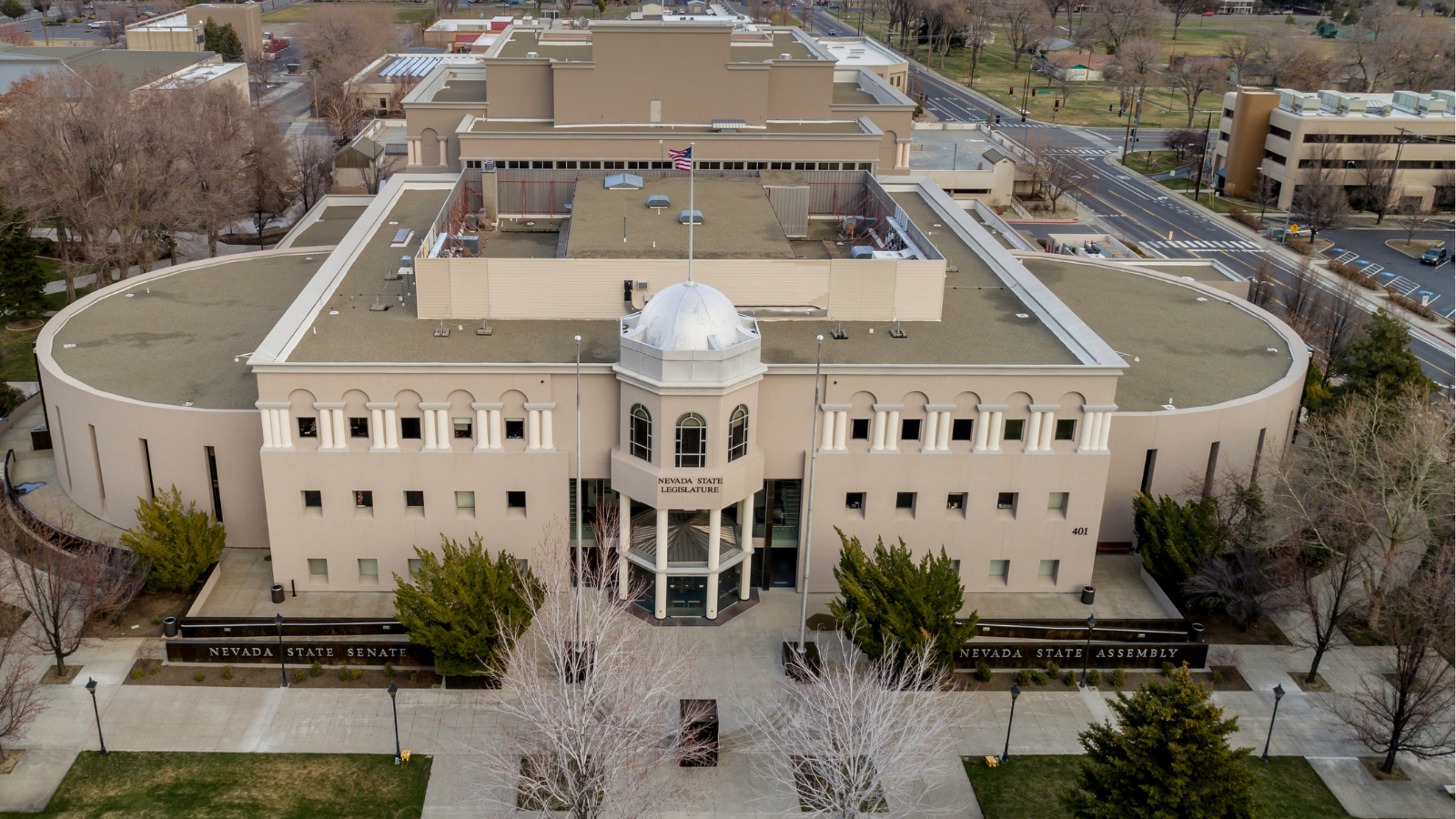The Legislatively Approved Budget for the State of Nevada: 2025-2027 Biennium

Passing a budget is one of the Legislature’s most important responsibilities at each regular session held every two years. The Legislatively Approved Budget provides funding for the operation of state government, including critical functions such as health care for indigent low-income citizens, K-12 education, and public safety.
The Guinn Center produced this report to provide a review of the 2025-2027 Legislatively Approved budget. The report primarily examines revenues approved by the Economic Forum and expenditures from a broad perspective.
Since 2017, the Guinn Center has reported on the biennial budget recommendations of the Governor and/or final approval of the budget by the Legislature. This report is published every two years following approval of the budget by the Legislature. In addition to the information provided about revenues and expenditures, a section has been included on the impact on the budget of H.R. 1 (One Big Beautiful Act), passed by Congress in July of this year.
Key Data Points
- The Legislatively Approved budget for the 2025-2027 biennium increased by $3.3 billion (6.1 percent) to a total of $56.7 billion.
- Federal dollars constitute the highest share of total 2025-2027 biennial budgeted revenues at $15.9 billion or 28.1 percent. Compared to the 2023-2025 biennium, federal dollars increased by $1.2 billion or 7.9 percent. A more in-depth analysis of the allocation of federal dollars can be found in the Guinn Center report titled “Federal Footprint: A Snapshot of Federal Funds Use in Nevada’s State Budget.”
- General Fund revenues are forecasted to increase by $634.3 million, or 5.5 percent over the 2023-2025 biennium forecast.
- Sales and Use taxes generate the largest share of General Fund revenues, representing 30.6 percent.
- The Health and Human Services function represents the largest share of statewide expenditures, totaling 46.6 percent, with Education representing the second largest at 31.1 percent.
Findings
The 2025 Legislature restructured state public health care services in Nevada by creating the Nevada Health Authority, which changed the structure of the state budget. The Nevada Health Authority encompasses the State Medicaid program, formerly the Division of Health Care Financing and Policy, Department of Health and Human Services, Public Employees Benefits Program, and the Silver State Health Insurance Exchange. The Nevada Health Authority, with expenditures of approximately $21.0 billion, now represents the largest department at 37.1 percent of statewide expenditures for the 2025-2027 biennium.
House Resolution (H.R.) 1 creates new implications for the state budget, as well. H.R. 1 was approved by Congress and signed by the President on July 4, 2025. The resolution adds future program and fiscal requirements to states like Nevada in the administration of the Supplemental Nutrition Assistance Program (SNAP) and Medicaid program.
Nevada will assume a greater share of funding for SNAP administrative expenses beginning October 1, 2026, from 50 percent to 75 percent, resulting in about $20 million in additional annual funding.
Beginning October 1, 2027, states will be required to fund a portion of the cost of SNAP program allotments if the SNAP payment error rate for the state is six percent or greater. The SNAP payment error rate measures the accuracy of each state's eligibility and benefit determinations. Higher payment error rates may result in the over/under distribution of SNAP benefits. Depending on the size of the SNAP payment error rate, Nevada may be required to begin contributing between $50 and $150 million each year towards benefits.
Starting with the first quarter after December 31, 2026, Nevada must conduct semiannual eligibility reviews for individuals enrolled in Medicaid under the expansion population. Currently, redeterminations of eligibility are performed annually in Nevada.
Changes to work requirements will take effect after December 31, 2026. Beginning in the first quarter of 2027, individuals who are eligible for Medicaid as part of the Medicaid expansion population (all adults under the age of 65 with incomes of up to 138percent of the federal poverty level) are required to work 80 hours per month.
Beginning October 1, 2027, a provider tax (an assessment on private hospitals’ net patient service revenues to potentially receive additional federal matching funds) must be decreased by 0.5 percent per year, with a maximum rate of 3.5 percent beginning in federal fiscal year 2032.
Join us for a webinar with report author Mark Krmpotic to discuss the report findings and get your questions answered. Register here.




